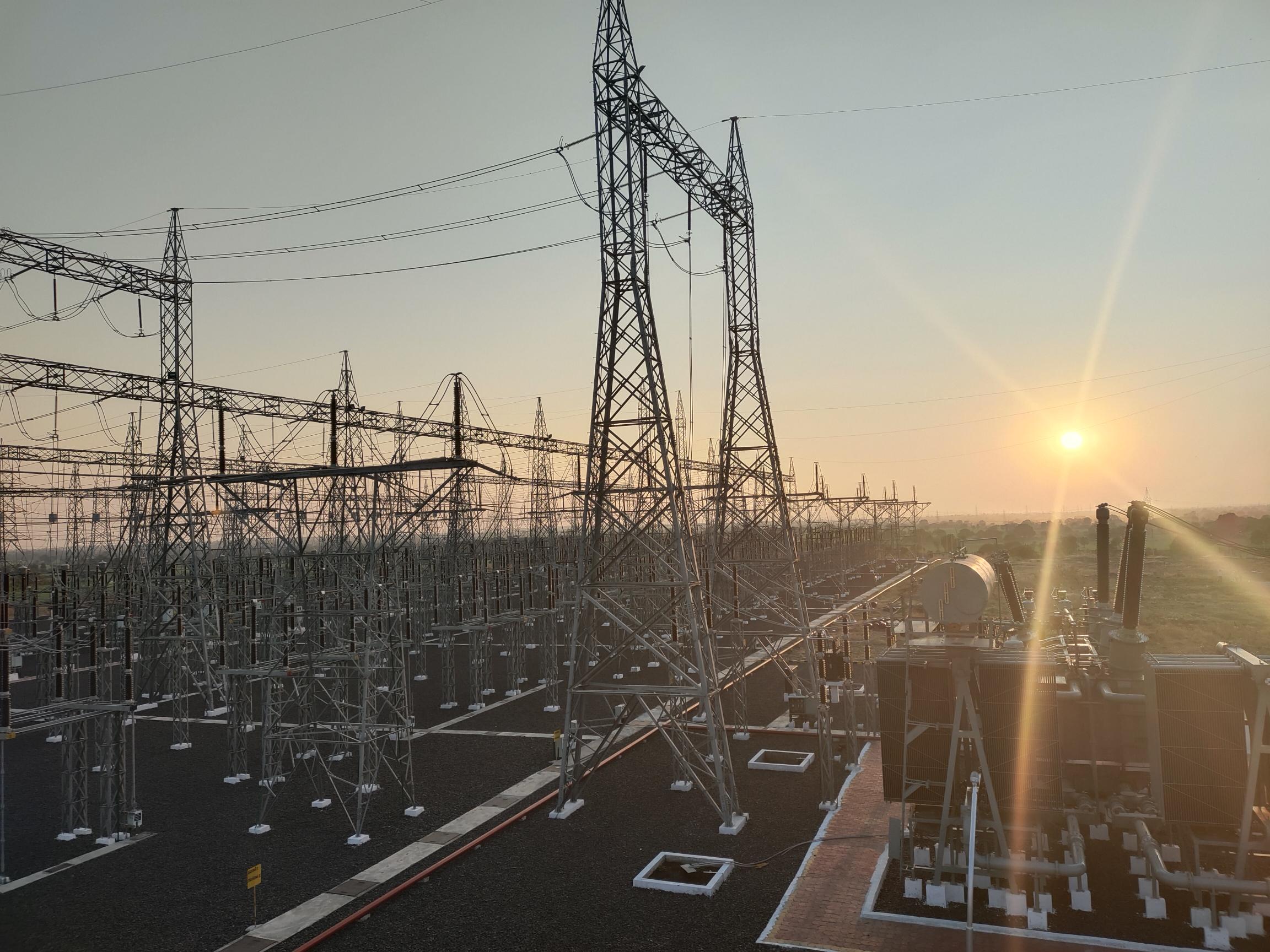

The transmission grid serves as a vehicle to supply a reliable service over a broad region, at reasonable cost. The power is generated through solar and hydropower, with a large untapped potential for future capacity growth. In addition to increasing access to renewable energy sources, SMEC deployed several solutions to improve the reliability of the grid and relieve congestion in high-demand areas.
Challenge
India has a population of more than 1.4 billion inhabitants, with a rapidly growing economy and power demand. One of the main goals of the Government of India is to expand its power generation capacity through renewable energy technologies. Under the 2016 Paris Agreement, India Pledged that non-fossil fuels would account for 40 percent of its total energy operation capacity by 2030.
Madhya Pradesh Power Transmission Company’s (MPPTCL) vision was to increase the power carry capacity of the grid network and provide uninterrupted power supply to its consumers.
The aim was to connect the grid to renewable energy sources whilst increasing the stability and capacity of the grid.
Solution
As project implementation consultant SMEC undertook construction supervision services, management services and contract administration. This included financial management, reporting and interface with the project financier KfW.
While reviewing the approved designs, it was observed, oil containment pit capacity provided for Power Transformers were only 10% of the total oil capacity of the Transformers. The oil containment pit ensures that any oil slippage will be confined to a relatively small area on site, preventing environmental damage and allowing for quicker, easier clean-up. The design was discussed with MPPTCL and new design was made which allowed oil containment pit capacity of 100% as per relevant code.
Bird diverters were also implemented across some of the transmission lines to mediate adverse impacts to local bird life in the area. A total of 3,996 diverters were installed in 19 transmission lines covering 1,477.44km.
Out of 9,700 km of transmission lines approximately 1,715 km and 4.78 GVA additional transformations were built in various districts of Madhya Pradesh through the below components:
- 400kV Substation x 3 (Mandsaur, Sagar, Ujjain)
- 220kV Substation x 7(Sendhwa, Gudgaon, Kanwan, Ratangarh, Sailana, Jaora, Susner)
- 400kV Reactors x 3
- 132kV Additional Transformer x 3
- 400kV Line 690 Circuit Km
- 220kV Line 1164 Circuit Km
- 132kV Line 1126 Circuit Km
Impact
Overall, the wider Green Energy Corridor project has resulted in the additional of 4,082.895 MW of power generated either from Solar Power or Wind Power in the state of Madhya Pradesh.
With the implementation of this project, MPPTCL increased its power transmission capacity by a forecasted 4,100 MW.
The SMEC team’s role has provided the technical availability of newly constructed lines and substations in the Transmission System, with increased availability of over 99% when it comes to operation hours.
The implementation of 1,477.44km of transmission lines has increased the capacity of the Madhya Pradesh Grid Network, through the inclusion of 4,663 MVA of transformer capacity.
Consultancy Services for Supervision of Implementation of the Green Energy Corridors Projects
India
Madhya Pradesh Power Transmission Company (MPPTCL)
KfW Development Bank, Government of India
WAPCOS, PwC, L&T Chennai, Transrail Lighting Limited, Simplex Infrastructure Limited, Skipper Ltd, Kolkata, Vikran Engineering, Exim Pvt. Ltd, APS Ltd
Oct 2018 – Oct 2022










